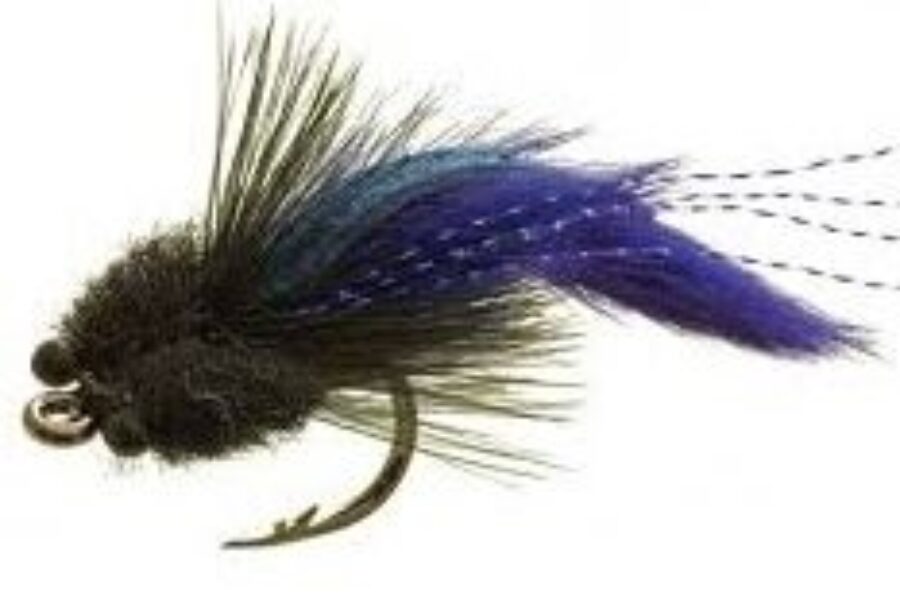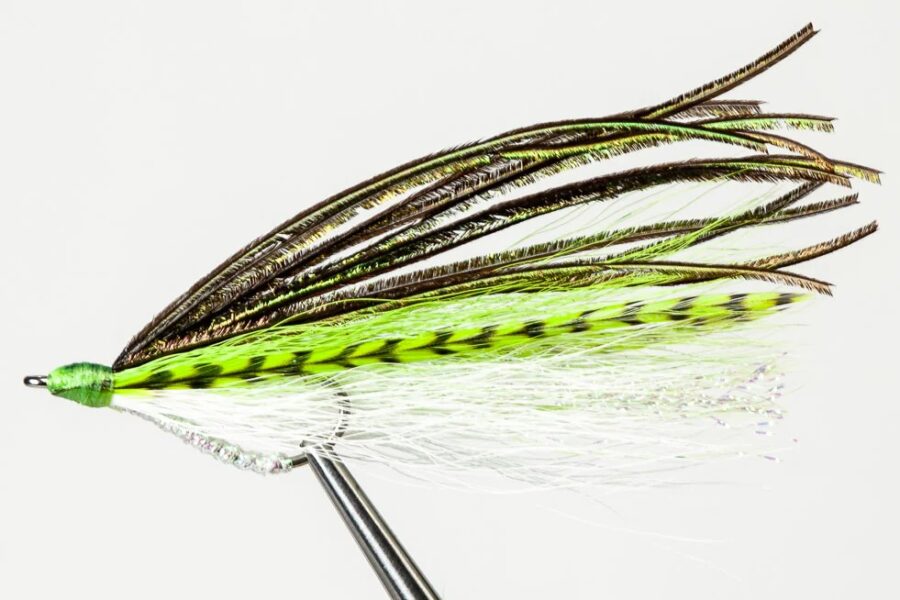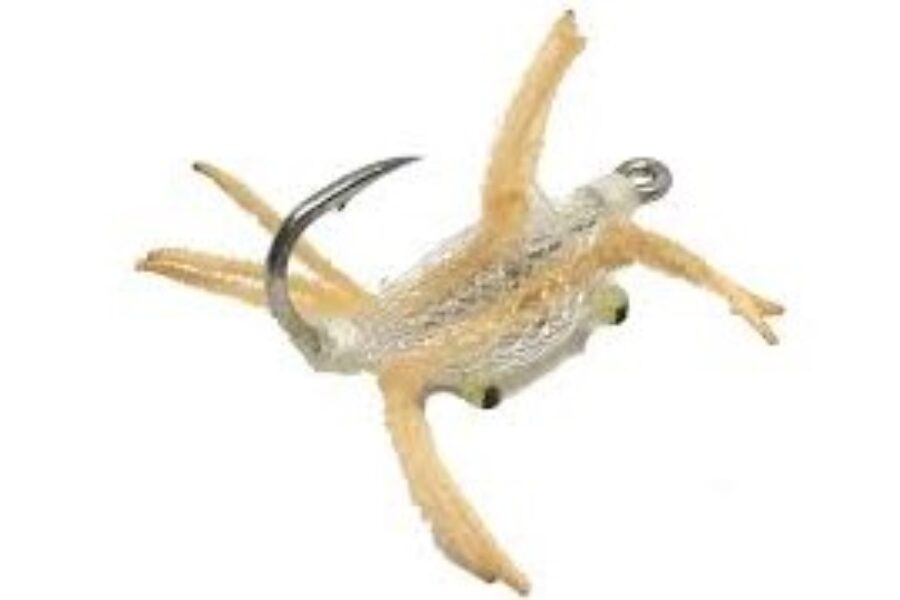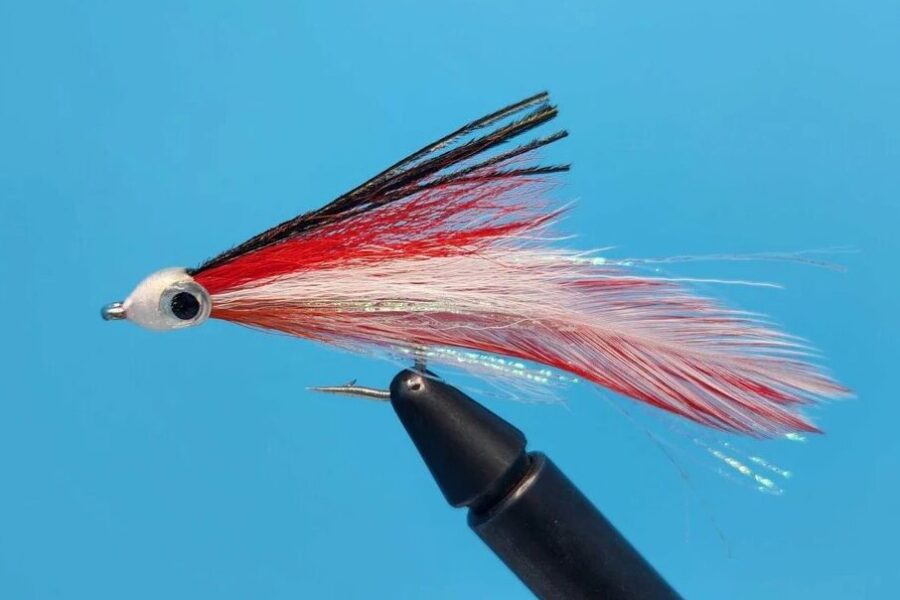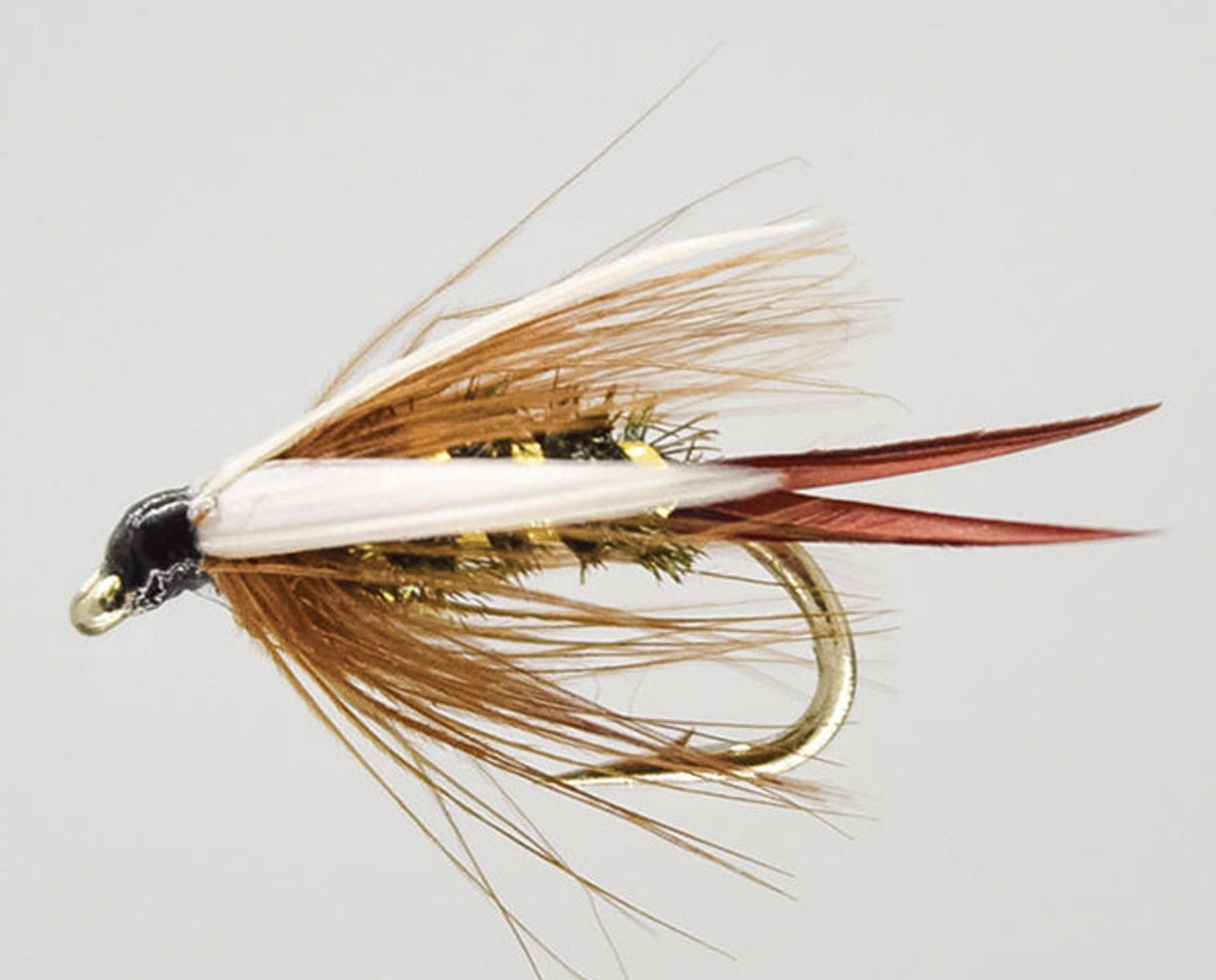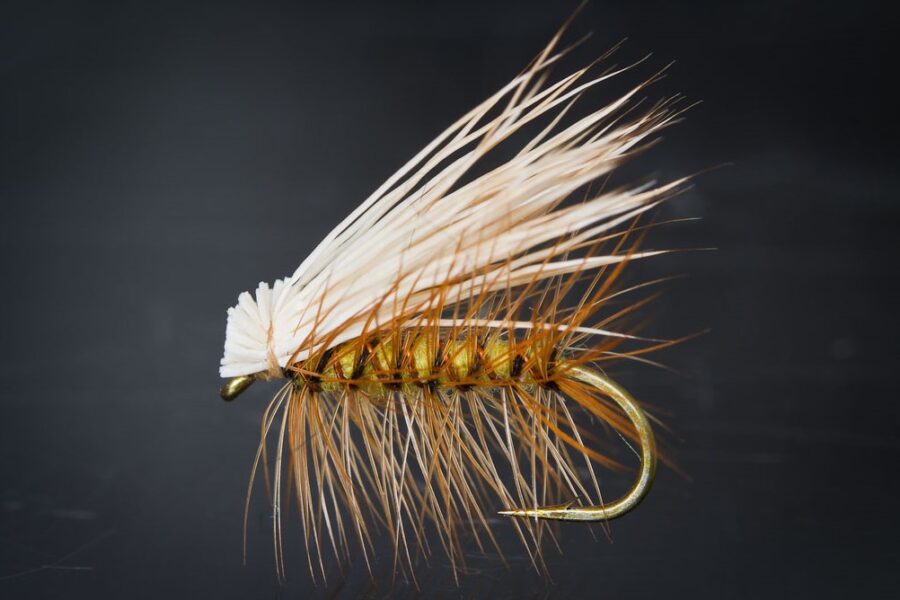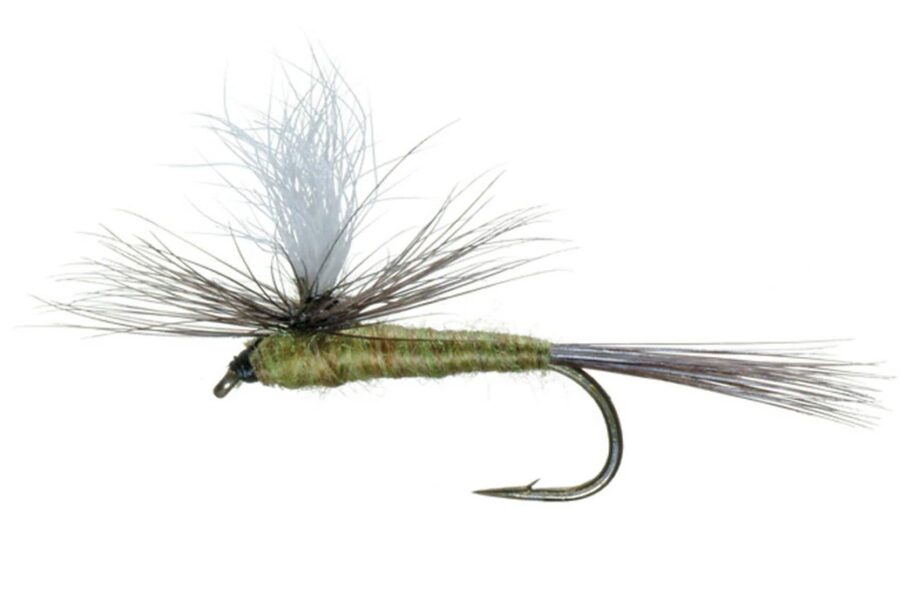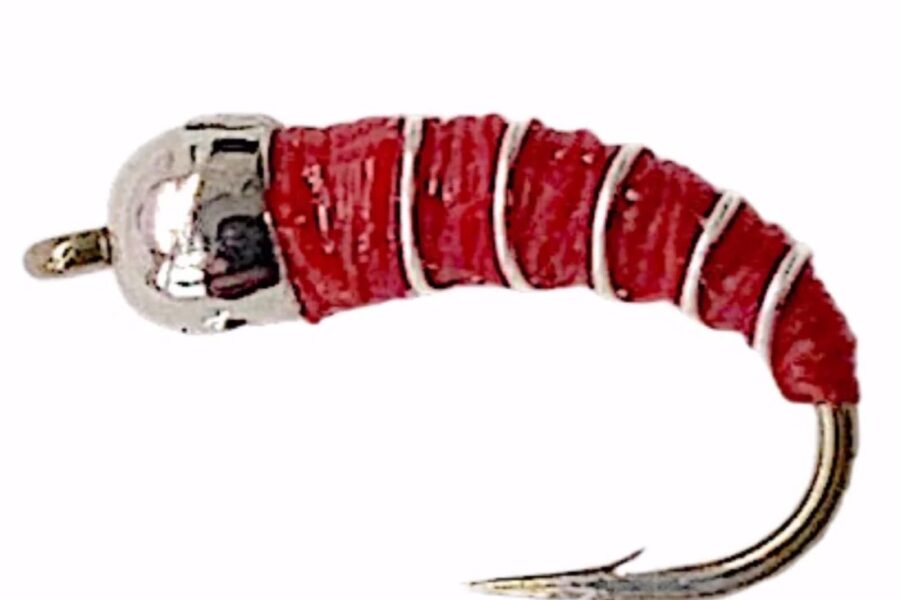Description
The Prince Nymph stands as one of the most iconic and versatile patterns in fly fishing history, where classic design meets proven effectiveness. This timeless pattern, originally known as the “Brown Forked Tail” and created by Doug Prince in the 1930s, has earned its reputation as one of the most dependable nymphs ever designed, consistently fooling trout across various water conditions.
What sets the Prince Nymph apart is its unique combination of materials that create multiple trigger points for feeding fish. The peacock herl body, carefully wrapped and protected, provides an irresistible iridescence that suggests life. The distinctive white wing cases and forked tail create a profile that can imitate various aquatic insects, while the soft hackle adds subtle movement that triggers strikes.
Professional guides particularly value this pattern’s versatility across different fishing scenarios. Whether fished deep in fast runs, swung through riffles, or dead-drifted under an indicator, the Prince Nymph’s effectiveness spans multiple situations. The pattern proves especially deadly when trout are feeding on mayfly nymphs, stoneflies, or caddis larvae.
Durability defines every aspect of this fly’s construction. Each pattern features reinforced thread wraps at critical stress points, ensuring the delicate peacock herl maintains its crucial iridescence even after multiple fish. The biot wings resist compression and maintain their profile cast after cast, while the hackle continues providing that essential movement that makes this pattern so effective.
The pattern’s success lies in its ability to suggest multiple food sources while maintaining an attractive profile. The dark body can imitate everything from stonefly nymphs to caddis larvae, depending on your presentation. Dead-drift presentations allow the materials to work naturally in the current, while slight movements create the action that often triggers reaction strikes.
Field testing has proven the Prince Nymph’s effectiveness across diverse fishing environments. From small mountain streams to large tailwaters, this pattern consistently produces results. Its success isn’t limited by conditions – whether fished in clear or slightly stained water, the pattern maintains its effectiveness.
The Prince Nymph truly excels during specific conditions. Early season fishing, when stoneflies are active, sees this pattern at its most effective. The realistic profile and natural presentation prove especially deadly during those crucial moments when trout are feeding actively near the bottom.
For maximum effectiveness, we recommend varying your presentation based on conditions and fish behavior. In faster water, a dead drift with occasional bounces often produces best. In deeper runs, fishing the pattern as part of a tandem nymph rig proves more effective. The pattern’s versatility allows you to adapt to changing conditions throughout your fishing session.
To maintain your Prince Nymph’s effectiveness, proper care is essential. Store these patterns in a way that prevents compression of the wings and hackle. After each use, allow to dry completely before storage. With proper care, these flies will maintain their fish-catching properties through multiple successful outings.
Available in sizes 10 through 18, these premium patterns are ready to match various aquatic insects throughout the season. Each size maintains the same careful attention to proportion and detail that makes this pattern so effective. Whether you’re targeting selective trout in clear water or searching deeper runs, there’s a Prince Nymph perfectly suited for your needs.
The pattern comes in several proven variations to match different conditions and preferences. The classic version excels in most situations, while the beadhead variant proves deadly when extra depth is needed. For challenging situations, the soft hackle version has earned a reputation as a consistent producer when swung through riffles.
Water clarity and depth significantly influence this pattern’s effectiveness. In clear water, smaller sizes produce best results, while larger versions prove more effective in slightly stained conditions or faster water. The pattern’s ability to suggest multiple food sources while maintaining a realistic profile remains consistent across all situations.
Additional information
| Hook size | 10, 12, 14, 16, 18, 20 |
|---|---|
| Hook type | Barbed Hooks, Barbless Hooks |

